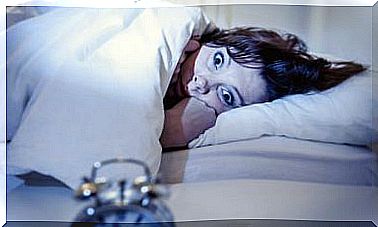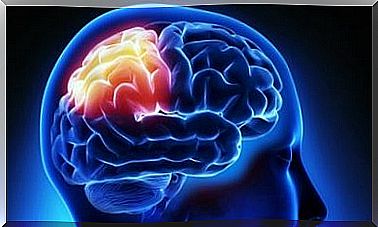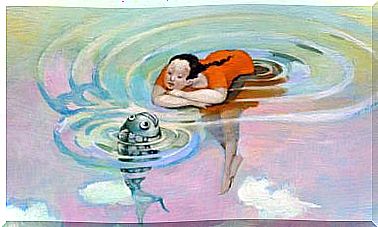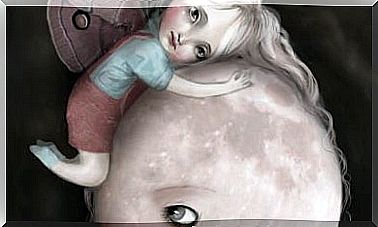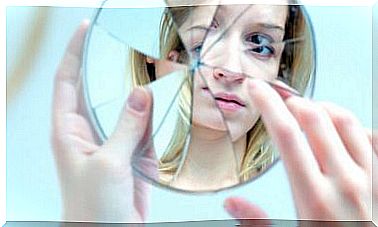Psychostimulants, Medicine For Bothersome Children
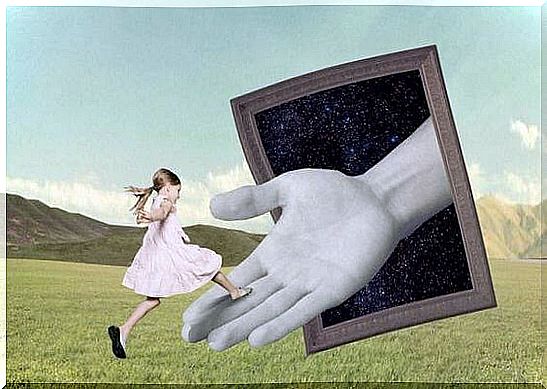
It is easy that, in a world where the priority is to arrive on time, it can be disturbing for a child to start jumping into a puddle. So it is easy for any child behavior to facilitate the mass diagnosis of annoying children.
We have said it more times: there is no difficult child, the difficult thing is to be a child in a world of tired, busy people, without patience and in a hurry. The normal thing is for a child to run, fly, scream, experiment and make their environment a theme park. The normal thing is that a child, at least at an early age, shows himself as he is and not as adults want him to be.
However, there are adults who do not know how to enjoy a child and who, therefore, educate the little ones to be something more like a flowerpot than an infant. Obviously, this “mass concern” about a child’s disruptive and inattentive behaviors generates mass diagnoses in child and adolescent mental health services.
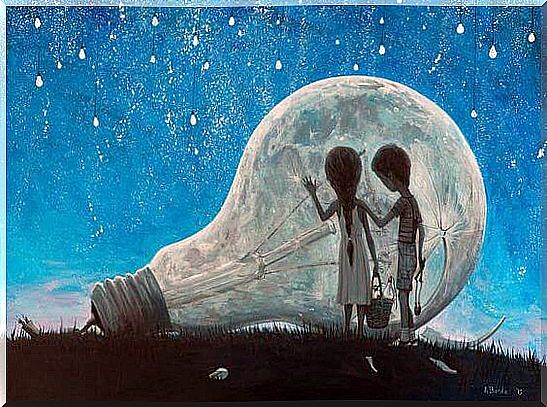
ADHD and psychostimulants: bothersome kids on amphetamines
The increase in ADHD diagnoses worldwide has set off alarms, especially in sectors related to childhood and adolescence. The true existence of Attention Deficit Hyperactivity Disorder (ADHD) is highly questionable, at least as it is conceived.
Thus, at present it is considered to be a mixed bag in which diverse cases are piled up and piled up, ranging from neurological problems to behavioral problems or lack of resources and skills to deal with their environment.
** The specialist reader will like to know that the diagnosis of ADHD or its equivalent in other classifications is four times higher if DMS-IV is used than if ICD-10 is used. This gives an idea of how speculative the diagnosis of this “ailment” is.
Not coincidentally, since the 90s the prescription of psychostimulants has skyrocketed in countries such as Spain (whose consumption has multiplied by 20) and the United States (which, being the world’s largest consumer, has only multiplied its consumption by four).
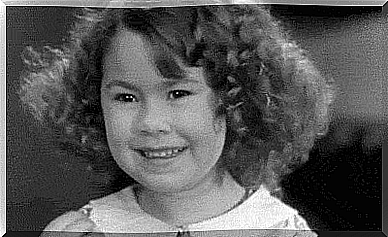
We must know that when we talk about psychostimulants, we do it especially with regard to methylphedinate , the substance with a chemical structure similar to amphetamines most used worldwide for the treatment of ADHD.
To evaluate the good (or bad) relationship between psychostimulants and the improvement of the so-called ADHD diagnosed in bothersome children, numerous studies of doubtful rigor have been carried out that have marked history in favor of medicalization (such as MTA).
It so happens that the subsequent statement of its coordinator, Peter S. Jensen, is not as widespread. It is a shame because in it he acknowledges having received fees under his sleeve from several pharmaceutical multinationals that sell psychostimulants in the US.
However, our objective here is not to fully assess this issue, but to favor different arguments that make us look with suspicion at a worrying habit: the use and abuse of psychostimulants in our children.
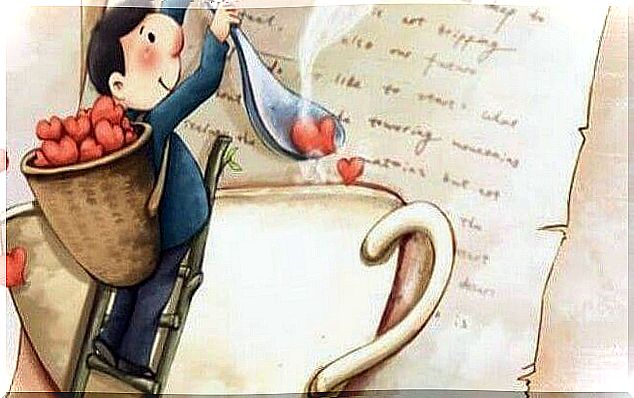
We must know that psychostimulants have been used since time immemorial to reduce fatigue, increase physical and intellectual performance and improve mood. Coffee, tea, tobacco, coca … All of them are natural elements with a long history of use (and abuse) in order to stimulate our body.
Taking a historical leap that would justify the link between psychostimulant medication and the appearance of ADHD, we must know that amphetamines at the level of jurisprudence are totally prohibited in countries like Spain. However, there is a form of amphematin -lisdenxamphetamine- that is accepted for the treatment of ADHD in children and adolescents.
This leads us to wonder how psychostimulant drugs of this type are accepted and prescribed with astonishing regularity. In the short term, this treatment reduces the symptoms of ADHD in around 70% of cases. However, the effects of psychostimulants are identical in diagnosed and undiagnosed children, suggesting no specific effect.
This effect is not long-lasting either, as certain problems are chronically chronic. The long-term assessment of the effects of psychostimulants on the infant brain is of great concern. It will be in a few years when we know well what we are doing with our children and what ADHD really is.
** It is recommended to read the book: Returning to normality. The invention of ADHD and childhood bipolar disorder. From: Fernando García De Vinuesa, Héctor González Pardo and Marino Pérez Álvarez

